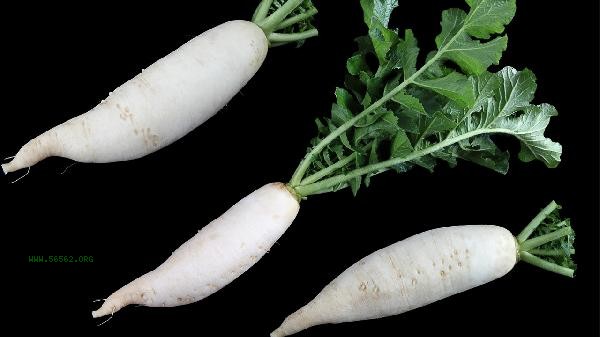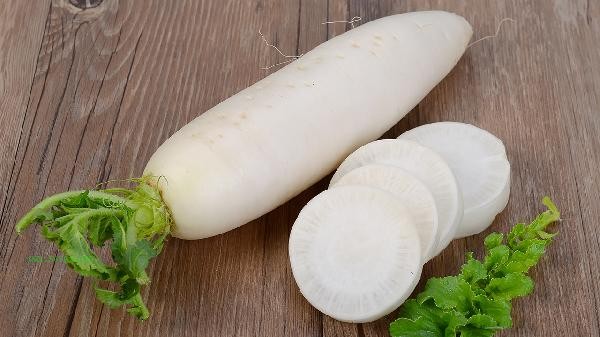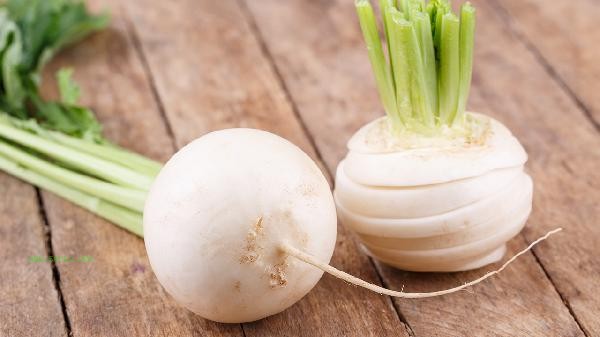The bitterness of stir fried white radish may be related to differences in variety, improper cooking methods, prolonged storage time, oxidation reactions, and the combination of ingredients. Bitterness is usually caused by the breakdown of glucosinolates in radish, high temperature coking, or reaction with other components.

1. Variety Differences
Some white radish varieties naturally contain high concentrations of glucosinolates, which can decompose into bitter isothiocyanates when cut or heated. Late maturing varieties launched in winter may accumulate more bitter components due to their long growth period. Choosing white radish with smooth skin and solid weight can reduce the probability of bitterness.
2. Cooking method
High temperature rapid frying can easily cause the surface of radish to char and produce bitter substances, especially when using an iron pot, metal ions will catalyze oxidation reactions. Suggest blanching first to remove some bitter ingredients, or using medium heat to stew and stir fry. Frying for more than 8 minutes will intensify the release of substances such as cucurbitacin.
3. Storage Factors
White radishes stored for more than a week will experience an increase in the concentration of bitter substances due to water loss, and radishes that have sprouted or have yellowed skin will have a more pronounced bitter taste. Although low-temperature refrigeration can delay spoilage, long-term storage can still lead to the transformation of glucosinolates in mustard oil. It is recommended to consume within 3 days after purchase.

4. Oxidation Reaction
After cutting and mixing, if exposed to air for more than 30 minutes, phenolic substances in radish will generate quinone compounds under the action of polyphenol oxidase. This reaction is more pronounced in alkaline environments and can be inhibited by soaking in diluted salt water or adding a small amount of white vinegar.
5. Food pairing
When stir fried with bitter tasting ingredients such as bitter melon and mustard greens, it will produce a taste superposition effect. carbohydrates can neutralize some bitterness, and you can try seasoning with honey or rock sugar. Avoid consuming tea leaves, persimmons, and other foods that contain too much tannic acid at the same time. To reduce the bitterness of white radish, it is recommended to choose fresh green skinned varieties, cut them into pieces and quickly blanch them, and pair them with mushrooms or meat to balance the flavor. When stir frying, control the oil temperature and prioritize using ceramic or non stick cookware. If the bitterness is too strong, a small amount of rice wine or ginger slices can be added to remove the flavor, but sprouted and spoiled radishes should be stopped from consumption. Keep the skin intact during daily storage, wrap it in newspaper and place it in a cool place.









Comments (0)
Leave a Comment
No comments yet
Be the first to share your thoughts!